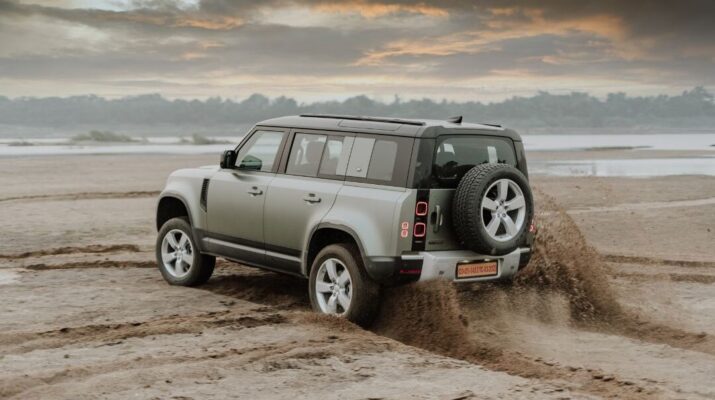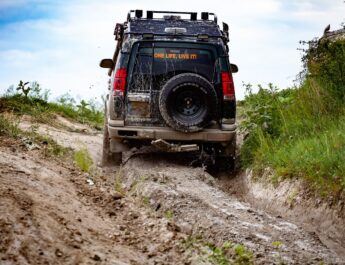Driving on the beach in a 4WD is a great way to enjoy the outdoors and explore. However, there are a few things you should keep in mind to make sure you stay safe while adventuring.
Introduction
If you’re looking for an adventure, there’s no better way to spend a day than four-wheel driving on the beach. But before you head out, it’s essential to know a few things about how to stay safe and have fun. Here’s everything you need to know about four-wheel driving on the beach.
But before that, it’s essential to choose the right vehicle; you’ll need an off road vehicle with high clearance to avoid getting stuck in the sand.
It is also important to pack plenty of food and water, as well as a first-aid kit, a tow strap and a spare tire. Read on as we unpack driving on the beach in a 4WD.
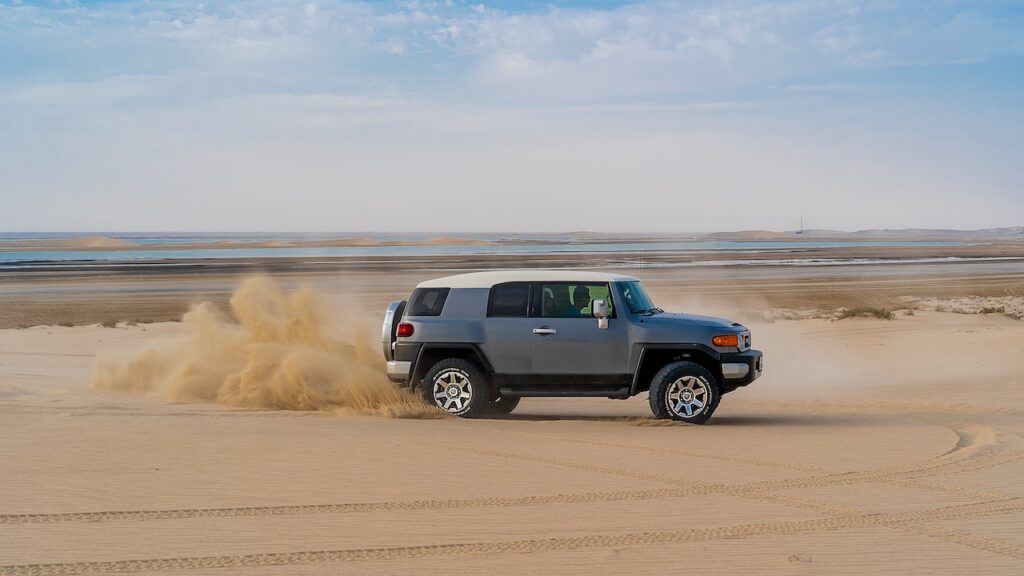
Do you need a 4WD for driving on the beach?
Having a four-wheel drive vehicle to drive on the beach is not completely necessary, but it is strongly recommended. A four wheel drive vehicle will give you more clearance and traction in the sand.
If you don’t have a four wheel drive vehicle, you can still drive on the beach, but be aware that you might get stuck. Unfortunately, most beaches have a speed limit of about 25 miles per hour, so it is advisable to drive slowly to avoid getting stuck.
Also, make sure you lower your tire pressure before you drive on the sand – the softer the sand, the lower the pressure should be.
Some beaches have four wheel drive tracks and beach access for vehicles, and some don’t – again, check the signs when you get there. If there is no four wheel drive track, stick to hard-packed sand near the water’s edge. You might also find tire tracks in the sand if other 4WD vehicles have driven before you.
Make sure you make yourself aware of the beaches that allow vehicular access too; in the USA there are several beaches that allow 4WDing such as Daytona Beach, North Carolina’s Outer Banks, Florida’s Smyrna beach, selected Texas beaches and Long Beach Peninsula in Washington.
No products found.
“There are several rules, regardless of the type of sand, be that desert, beach or sand pit, that will make sure you travel safely and do not get stuck (or at least minimise the chance of doing so). Slow and steady is safer than wild and out of control.”
drive.com.au/caradvice/4×4-tips-sand-driving
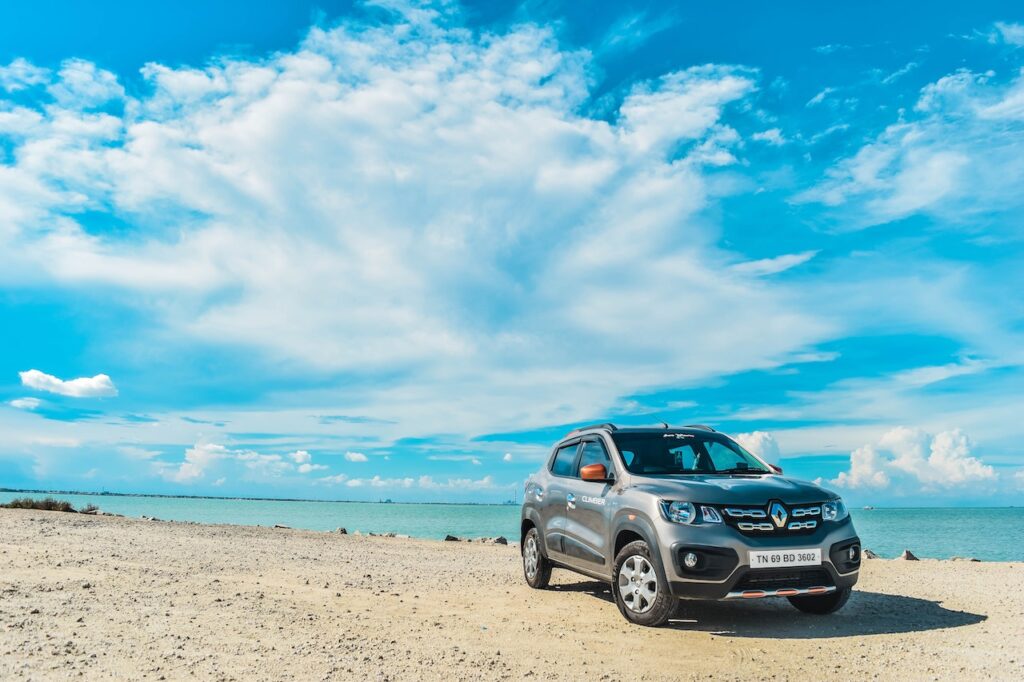
How do you drive a four wheel drive on soft sand?
When driving on soft sand, using low gear is recommended to get steady momentum. Consider increasing the size of your tire pressure (minimum psi 15).
If your wheels start spinning, ease off the throttle and slow down the tires to regain traction.
Never try to power through a dune – you will just dig yourself in deeper. Instead, take a run-up at an angle and then turn into the dune.
Can a 4WD get stuck in the sand?
It’s a common sight on beaches worldwide – four wheel drives driving along the sand. But can a 4WD get stuck in the sand?
The answer is yes; a 4WD can get stuck in the sand. This can happen if the sand is too soft, the tide is too high, and the water level is too close to the vehicle. In both cases, the wheels can sink into the sand, making it difficult or even impossible to drive any further.
If you find yourself in this situation, the best thing to do is try to drive out of it. If you have a shovel, you can try digging around the wheels to give them some traction. If that doesn’t work, you may need to call for help from a tow truck or other vehicles with a winch. If you packed your own tow strap and you’re driving with other vehicles, you can help each other.
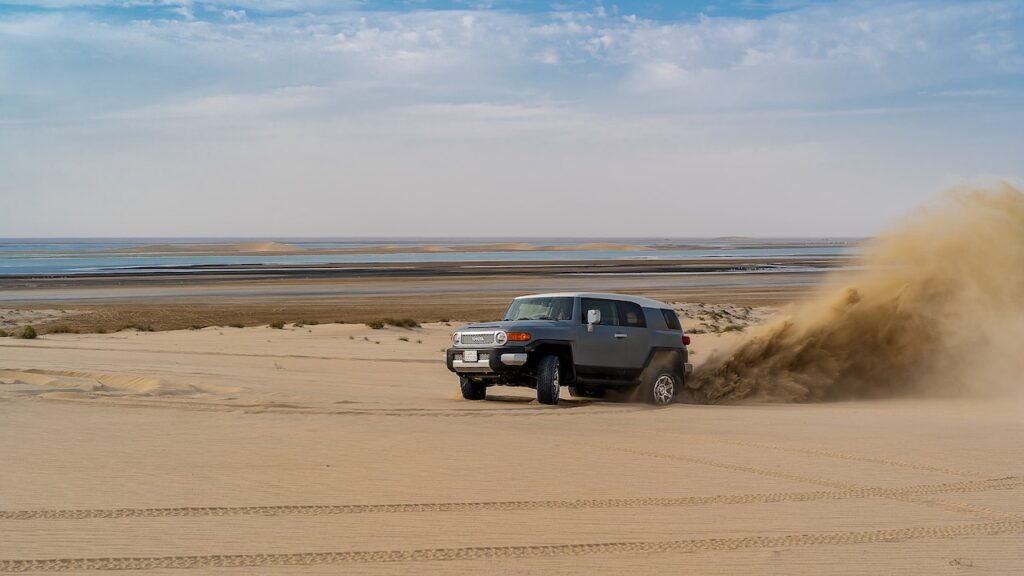
What should you do if your 4WD gets stuck in the sand?
If you find your four-wheel drive stuck in the sand, you should first try to drive out in a low range. If this doesn’t work, then you can try to find some softer sand to drive on near the dune line.
You can also try to dig your way out, make a track in front of your wheels, or use a shovel to create traction. If all of these fail, then you can call a tow truck. Remember not to try and power through a dune – this will dig you in deeper.
Will driving on the beach ruin my car?
Beach driving can be hard on your car.
The sand can damage the paint; if you go too fast, you could spin out and hit something. Furthermore, saltwater and salty air can corrode your vehicle’s metal parts. It’s also important to be aware of the tide. If caught in a rising tide, your car could be swept away.
If you decide to drive on the beach, make sure you have a good plan and know what you’re doing. It’s also a good idea to have a friend with you in case something goes wrong.
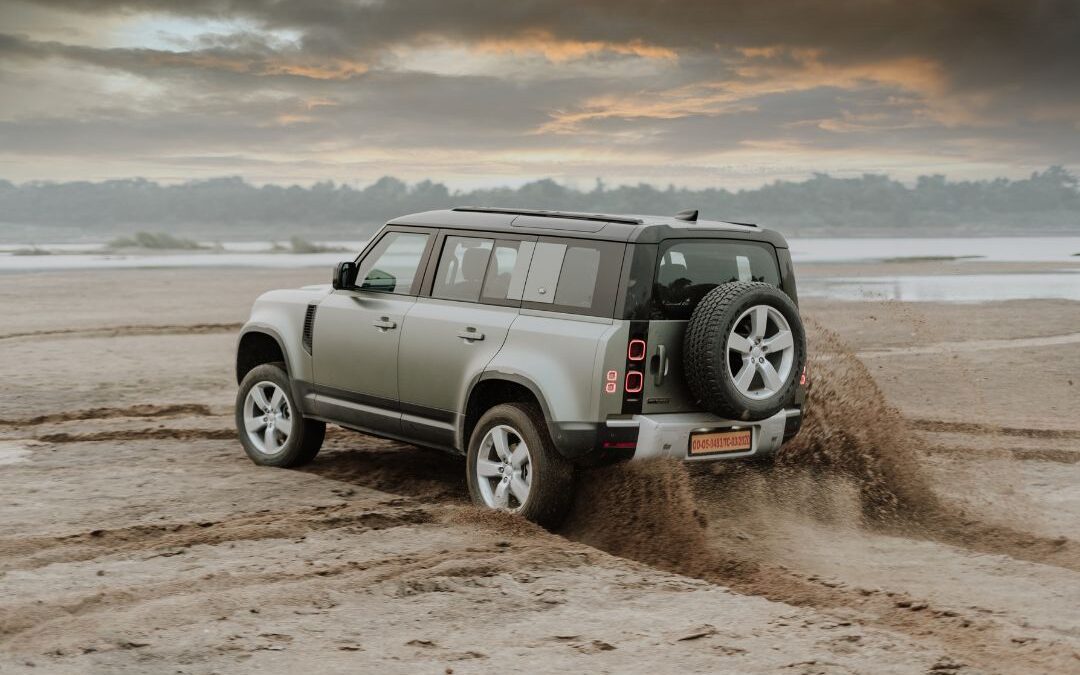
Is 4H or 4L better for sand?
While both have their benefits, it depends on what you’re looking for in a beach-driving experience.
4H is best for stability and traction. If you’re looking to go fast and have a more harrowing experience, 4H is the way to go. However, 4H offers more stability, making sharp turns more difficult.
4L is best for slow and steady driving. If you want to take your time and enjoy the scenery, 4L is the way to go. However, because 4L offers less stability, driving in straight lines can be more challenging.
What gear is best for driving in the sand?
There are many factors to consider when driving in sand, including the type of vehicle, the terrain, and the weather conditions. Four-wheel drive vehicles are generally best for off-roading in the sand, as they provide more traction and stability. However, one can also use two wheel drive vehicles in the sand if the right gear is selected.
When driving in sand, starting in low gear is essential, increasing the speed gradually. If you start too quickly, you may spin your tires and become stuck because of the beach conditions. It is also important to avoid sudden stops and turns, as this can cause your vehicle to lose traction. If you must brake or turn sharply, do so slowly and carefully.
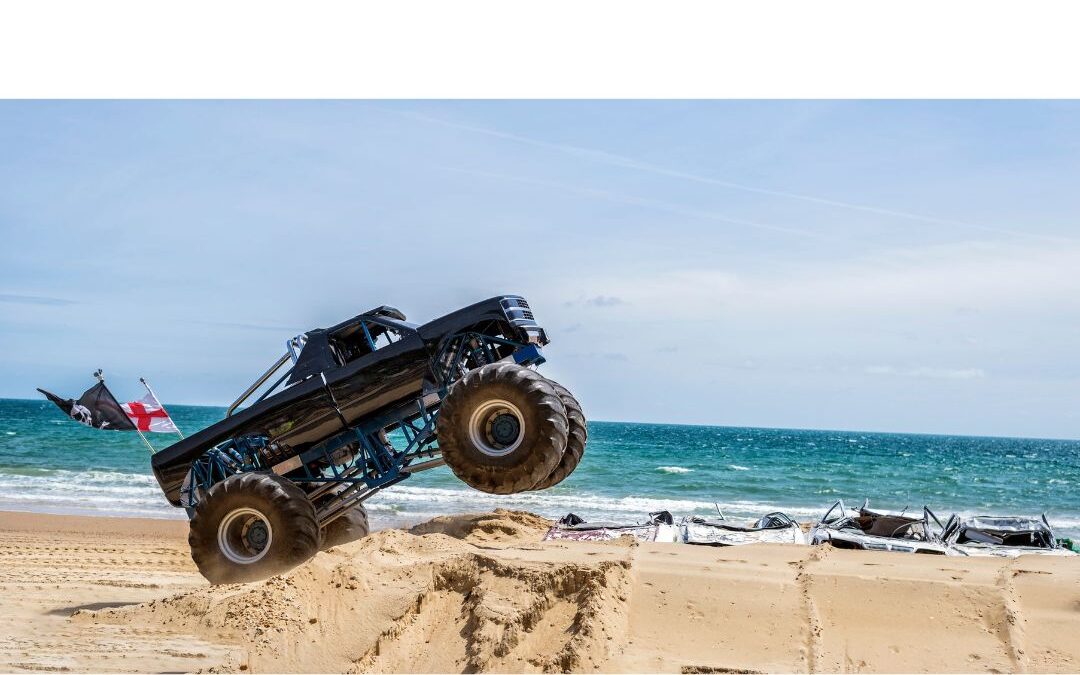
Is AWD good for driving on the beach?
One of the great things about AWD vehicles is that they can be used in several different environments. That said, is AWD good for beach driving?
The first thing to consider is the type of terrain you’ll be driving on. AWD will likely be fine if you’re driving on relatively firm, compacted sand. However, if you’re driving on softer sand that is more likely to give way beneath your tires, you may want to stick with two-wheel drive; more power would be needed to the rear axle.
Another factor to consider is the overall condition of the beach. For example, if a lot of small rocks or other debris could get caught in your tires, two-wheel drive may be a better option.
Ultimately, it’s up to you to decide whether all-wheel drive suits your beach driving needs. If you have doubts, it’s always best to err on the side of caution and go with two-wheel drive.
“When you’re driving up a dune, the key is to have just enough momentum to see you cresting over the top of the dune. Have too little and you won’t make the climb. Have too much and you’re in danger of launching your 4X4 into the air, or carrying too much speed into a situation where you can’t always see what’s up ahead. This is actually really important. People have tragically lost their lives after flying over the top of a dune into another vehicle coming from the opposite direction.”
club4x4.com.au/sand-driving
No products found.
What are the safety considerations for driving on the beach in a 4WD?
Whenever you go four-wheel driving, you need to be aware of the conditions of both the terrain and your vehicle. Beachgoers suggest that the vehicle should have 7.5 inches of ground clearance.
Beaches present a unique set of challenges, as the sand can be loose and deep. This can make it difficult to maintain control of your car, and you may find yourself stuck if you’re not careful.
You should consider a few other safety considerations when driving on the beach. First, ensure you have tow straps with you if you get stuck. You’ll also want to put floor mats under your tires for traction. Finally, only attempt to drive on beaches that allow four-wheelers; following these locations can help prevent accidents.
Driving on sand dunes can be dangerous, as you risk rolling your car. If you do choose to drive on dunes, make sure to go slowly and carefully. Pay attention to the terrain, and be prepared to stop or turn around if necessary.
In general, it’s best to avoid driving on dunes if possible. However, if you find yourself on a dune, remember to take it slow and be careful. With a bit of caution, you can safely enjoy your four wheels on the beach.
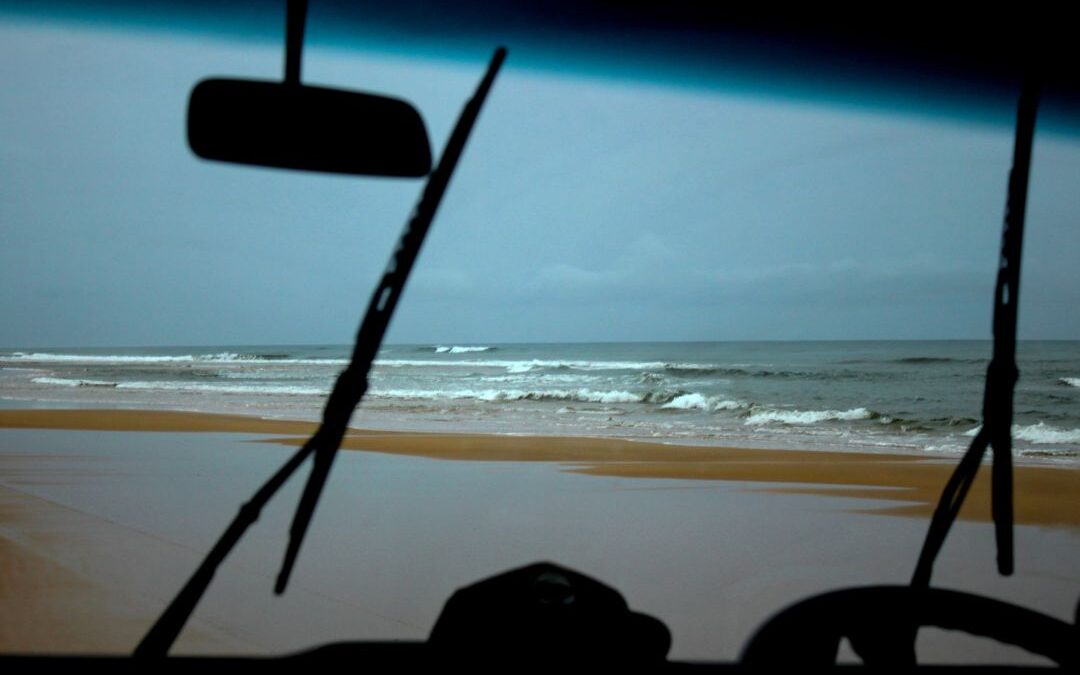
Final Words
There are many spectacular beaches to explore and a beach drive can be a great way to enjoy the outdoors. However, knowing the challenges of driving on outer banks and sands is essential.
Make sure you find vehicle access ramps, know the dangers of high tide lines and are aware of selecting the right gear, and be prepared for possible stuck situations. Following these tips, you can safely enjoy driving on the beach in a four wheel drive.
You might also be interested in our articles on:
4WD Spotlights; Everything You Need To Know
What Are The Best 4WD Awnings?
Best Roof Rack For A Four-Wheel Drive
4WD Fridges; What Are The Options?
Reference List:
https://unsealed4x4.com.au/drive-sand-without-getting-stuck/
https://www.landrover.com/ownership/4×4-off-road-driving-tips/off-road/sand-driving.html
https://www.aceable.com/blog/need-to-know-tips-for-driving-on-the-beach/

